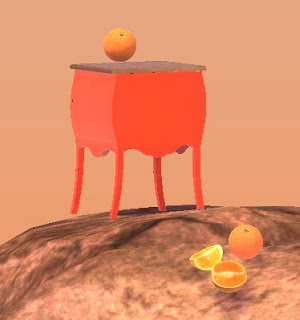Climbing
Two games that came out last year got me thinking more about climbing as a level design typology. I don't like that word, "typology" - reminds me too much of architecture school, but whatever.
In Getting Over It, climbing is treated as a metaphor. Meaning that the act of ascending is more important than what you're necessarily ascending towards. The vertical nature is essential to the game's premise - if it was a game with respawns and spike pits, it wouldn't work as well in conveying the core experience. The falls wouldn't feel as bad.
Contrast that with Celeste, which has a similar core loop to Super Meat Boy, but with a few twists thrown in, such as the ability to climb certain vertical surfaces for a short amount of time. The game's creator has spoken about the influence of rock climbing on the games level design - he thinks in terms of "moves" like a rock climber would, with the player navigating between points of relative stability. Climbing in Celeste is still climbing-as-metaphor, at least as far as the story is concerned, but it's also more concerned with the physical sport of climbing - thinking about levels as a climbing gym route-setter would.
Gym climbing is often a race against your own fatigue - move too fast and you tire yourself out quicker, move too slow and you get worn down and unable to make larger moves. Often, overcoming a difficult route means pacing out your moves to quickly get to more stable positions - thus where Matt's positions of relative stability come into play. His game is more like gym climbing - it's easy to drop, but easy to get back up again. Bennett on the other hand, wants you to feel the fall.

Comments
Post a Comment